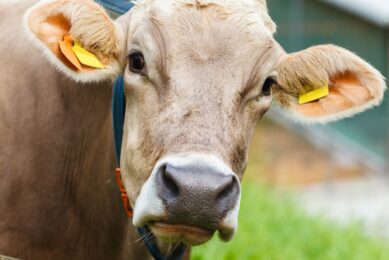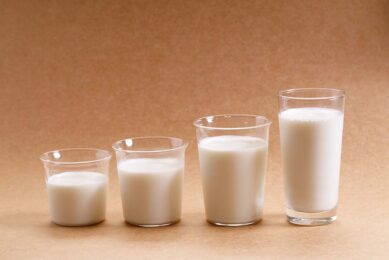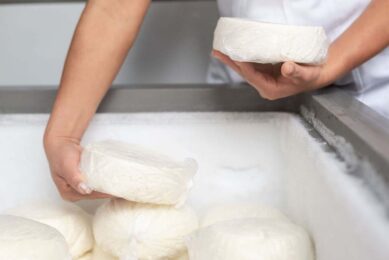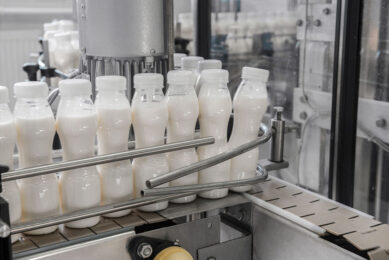Global dairy demand sufficiently strong and adaptable
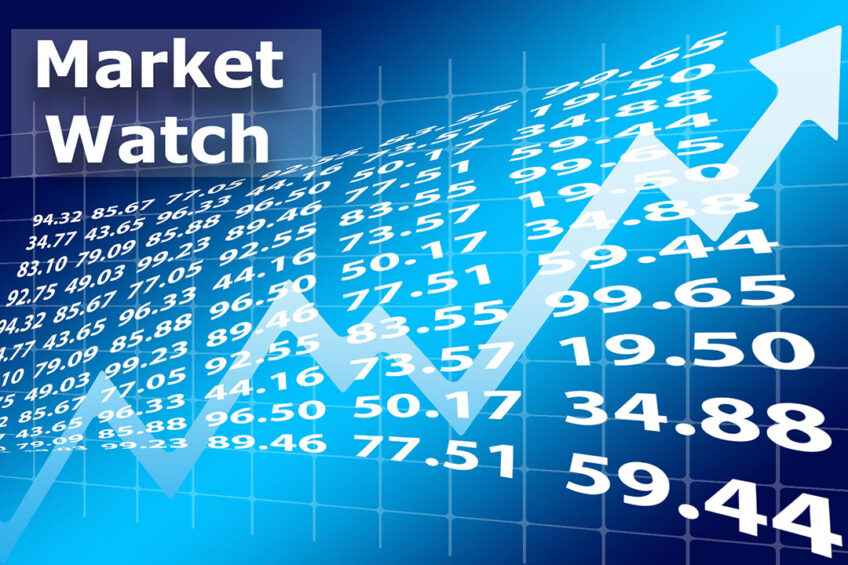
With global dairy supply expected to continue its growth trajectory, solid ongoing demand will be of paramount importance, according to the latest Situation and Outlook Report of Dairy Australia.
“To date, underlying global demand has proved sufficiently strong and adaptable,” Dairy Australia says.
Australia’s dairy industry has fared well despite the Covid-19 pandemic, with conditions on farm remaining relatively favourable. “Strong farmgate milk prices and subdued input costs have allowed most farmers to focus their attention on calving and the spring flush,” says senior industry analyst, Sofia Omstedt of Dairy Australia.
A wet start to the season slowed milk flows in July but drier weather has since helped to improve milk production conditions heading into spring. Dairy Australia’s production forecast suggests a 0-2% increase this year, which would equate to a milk pool of 8.8 to 9 billion litres in Australia.
Dairy demand
According to Omstedt, shoppers have reverted to pre-Covid purchasing trends, with sales of fresh and long-life milk tracking well in line with 2019. “The vast majority of Australian households regularly purchase milk at 98% and only 2% of buyers exclusively turn to dairy alternatives, so dairy demand continues to be strong. Plant-based beverages remain complementary to, rather than a substitute for milk.”
Dairy Global’s global market prices tool
Global dairy demand has been put to the test as the Covid-19 delta variant spreads across the world. This year’s market lull was exacerbated by new lockdowns implemented in key regions, for example in parts of southeast Asia and some provinces in China. This saw commodity values for most dairy products trend downwards. However, this price slide seems to be stabilising.
In the last 12 months to July, Australian exports have grown 12% by tonnage. Milk supply from the major exporting regions continues to expand at a slow but steady pace. The US and New Zealand remain the key contributors to this growth, despite mounting feed costs in the US. To combat these price hikes, the US government has launched a new subsidy scheme. With this backing, milk output in the US is set to increase 2.2% this calendar year.
Challenges
As dairy demand moves back into a growth phase, freight challenges are becoming increasingly prominent. Shipping congestion worsens. With new lockdowns and temporary terminal closures, this will remain a challenge for anyone exporting – or importing – products for the foreseeable future.
Omstedt emphasises that with global supply expected to continue its growth trajectory, solid ongoing demand will be paramount. To date, underlying global demand has proved sufficiently strong and adaptable. Nevertheless, rising Covid-19 cases demonstrate that even agile supply chains and strong fundamentals cannot completely offset the impact from consumers facing a new period of prolonged restrictions.
Dairy Global’s global market prices tool
While Australia’s dairy farmers look set to benefit from a wet spring and ongoing profitability this season, the industry more broadly will be keeping an eye out for more curveballs as the pandemic continues to unfold.
New Zealand milk giant, Fonterra, has announced it is considering the most appropriate ownership structure for Fonterra Australia, including an initial public offering in 2022. This could result in a deal that could value up to US$1.5 billion.
Fonterra Australia is one of Australia’s 3 big dairy processors. Major competitors are Saputo, which bought Murray Goulburn in 2018, and Bega. Fonterra is understood to make about $100 million a year in earnings in Australia. The company has the intention to retain a significant stake in the new structure in Australia.
CEO of Fonterra, Miles Hurrell, says the Australian business remains important to the co-op. “By having access to ongoing external capital, we believe the Australian business will be best placed to deliver on its strategy and capture its full potential, at the same time as unlocking capital for the co-op.”
The Global Dairy Trade (GDT) index has recorded a third consecutive lift in index in its latest auction on 21 September. The GDT Price Index was up 1% to an average price of US$4,011 a tonne.
Join 13,000+ subscribers
Subscribe to our newsletter to stay updated about all the need-to-know content in the dairy sector, two times a week.



